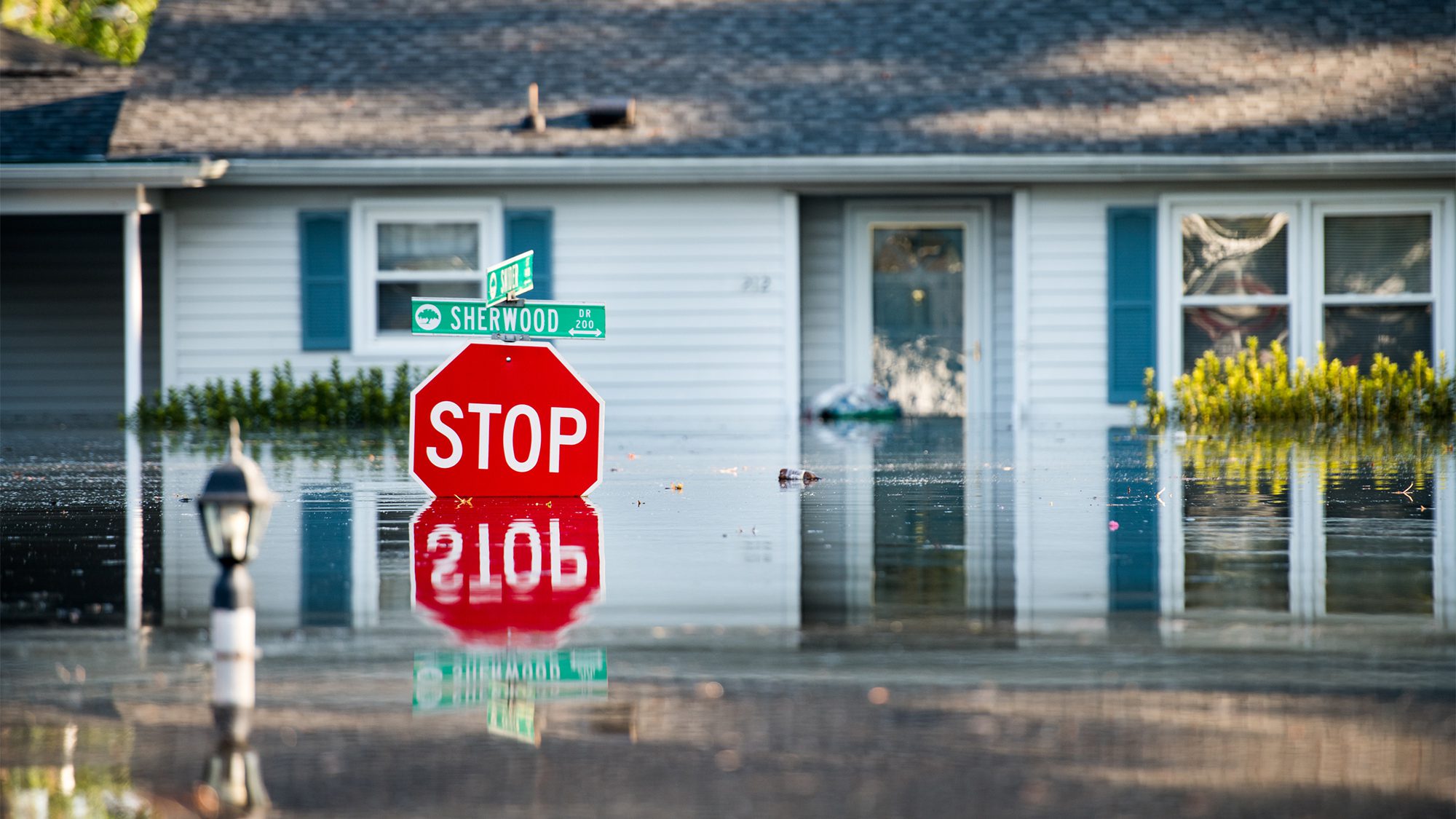
Sean Rayford/Getty Images
Torrential rains over the past week have pummeled a wide swathe of the South from eastern Texas to Mississippi — and residents in some areas will face the threat of flooding for weeks to come.
More than a foot of rain has fallen in the South in recent days, thanks to a series of severe thunderstorms. Over Mother’s Day weekend, the downpours led to flash flooding everywhere from Houston and New Orleans to Baton Rouge, La., and parts of South Mississippi. High winds and hail added to the damage many homeowners and renters face.
Even though dry weather is now in the forecast for most of this week, the threat of continued flooding remains. More storms are forecast for the weekend, and rainfall further north could also pose a problem for those who live along the Gulf Coast. “River flooding may continue into June as floodwaters in rivers farther north travel southward and add onto the ongoing flooding along the lower Mississippi River,” AccuWeather Meteorologist Brett Rathbun said Monday.
Flooding has been an issue for the entire length of the Mississippi River from the Iowa-Illinois border to New Orleans. Other rivers including the Missouri River and the Wabash River have also risen substantially due to heavy rainfall, creating flooding concerns in other areas.
Unfortunately, for residents affected by this flooding event, their finances could suffer. A recent report from the Urban Institute found that natural disasters can have lasting damage on people’s financial health, causing credit scores to drop substantially and the risk of foreclosure and bankruptcy to increase.
And it’s medium-sized disasters like the one currently unfolding across the South that may have the most negative consequences for the people who are hardest hit. The Urban Institute suggested these disasters don’t attract the same degree of assistance from the federal government as large disasters like Superstorm Sandy. In other words, consumers have less of a safety net when it comes to recovery.
Some homeowners expecting insurance coverage may be out of luck. Standard homeowner’s insurance policies don’t typically cover flood-related damage — instead consumers must purchases a separate policy for that damage.
But many home owners choose to forego flood insurance. When Hurricane Florence caused widespread flooding across North Carolina last year, actuarial firm Milliman estimated that fewer than 10% of households in the state even had flood insurance.
People affected by the current flood event though can take matters into their own hands to ensure that they pick up the pieces as quickly and cheaply as possible — even if it’s too late to get flood insurance coverage.
For starters, they should document any and all possible damage to their property and possessions by taking pictures or video of it. This will help them file an insurance claim. Furthermore, residents should hold onto any receipts from any purchases they make in the coming weeks. Insurance could reimburse home owners for something as simple as a take-out meal if their kitchen was rendered unusable by the flooding, for instance.
They also should take steps to prevent any further damage — boarding up broken windows and removing water-logged belongings that could promote mold growth in the home, for instance.
And residents should start reaching out to contractors sooner rather than later if they expect that repairs will be necessary. Finding a local contractor who is good at communicating will be critical in ensuring that the rebuilding process is not unnecessarily prolonged.
The post Major Flooding in the South Is a Cautionary Tale for All Homeowners appeared first on Real Estate News & Insights | realtor.com®.
